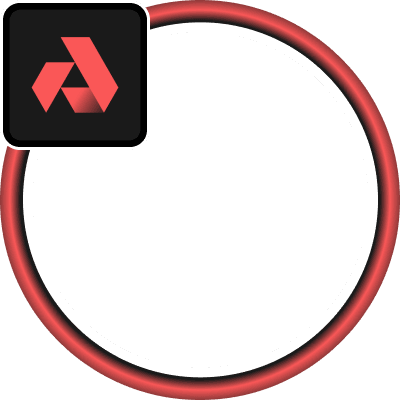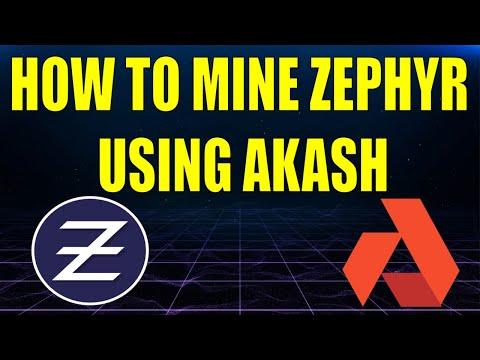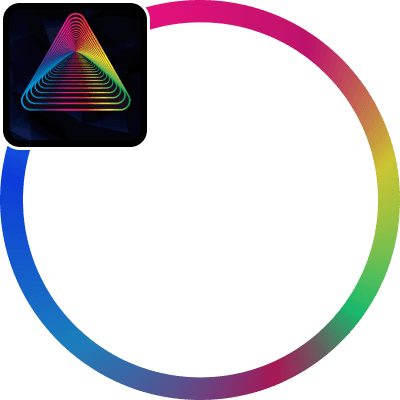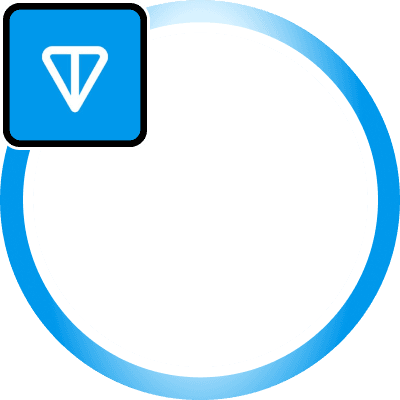Contents:
- Introduction
- Akash Network Components
- Akash Blockchain Architecture
- The Akash Token (AKT)
- Use Cases
- Advantages of the Akash Blockchain
- Challenges and Concerns
- Summary
1. Introduction
The Akash Blockchain is a decentralized, open-source cloud computing platform designed to provide a more efficient, secure, and cost-effective solution to traditional cloud service providers. The platform was created by Akash Network, Inc., a company founded by Greg Osuri, a veteran in the blockchain industry. The Akash Network is built on the Cosmos-SDK and leverages the power of Tendermint’s Byzantine Fault Tolerant (BFT) consensus algorithm.
The platform aims to disrupt the cloud computing industry by allowing developers to access a global network of underutilized computing resources, such as data centers and personal devices, which can be leased out by their owners. By connecting resource providers with users in need of computing power, the Akash Network creates a decentralized marketplace that fosters competition and drives down costs for end users.
2. Akash Network Components
The Akash Network comprises three main components:
- Akash DeCloud: A decentralized cloud computing platform that allows developers to deploy applications using a distributed network of providers.
- Akash Marketplace: A decentralized marketplace that connects resource providers with users who require computing power. Providers can offer their resources to users by setting their desired prices, and users can select the provider that best meets their needs.
- Akash Token (AKT): The native utility token of the Akash Network, used for staking, governance, and as a means of payment for services provided within the ecosystem.
3. Akash Blockchain Architecture
The architecture of the Akash Blockchain can be broken down into the following layers:
- Consensus Layer: The consensus layer is built on Tendermint, a BFT consensus algorithm that provides fast finality and high transaction throughput. This layer ensures the security and integrity of the blockchain.
- Network Layer: The network layer connects nodes within the Akash ecosystem, facilitating the communication between nodes and the distribution of data.
- Application Layer: This layer is responsible for executing smart contracts and processing transactions. It is built on the Cosmos-SDK, a modular framework that enables the development of decentralized applications (dApps) with ease and flexibility.
- Data Layer: The data layer stores the state of the Akash Network, including information about deployed applications, marketplace orders, and staking details.
4. The Akash Token (AKT)
The Akash Token (AKT) is the native utility token of the Akash Network. It serves multiple purposes within the ecosystem, including:
- Staking: AKT is used for staking by resource providers, who must lock a certain amount of tokens to participate in the marketplace. Staking helps to secure the network and ensures that providers have an incentive to behave honestly.
- Governance: AKT holders can participate in the governance of the network by submitting proposals and voting on key decisions that affect the platform’s development and operation.
- Payment: Users pay for computing resources on the Akash Network using AKT tokens, which are then distributed to providers as a reward for their services.
5. Use Cases
Some prominent use cases for the Akash Blockchain include:
-
Web Hosting: Developers can leverage the Akash Network to host websites and web applications, taking advantage of its decentralized nature to ensure high availability, low latency, and reduced costs.
-
Machine Learning and Artificial Intelligence: Data scientists and AI researchers can utilize the Akash Network’s distributed computing resources for training machine learning models and running AI algorithms, benefiting from the network’s scalable and cost-effective infrastructure.
-
Decentralized Applications (dApps): Developers can build and deploy dApps on the Akash Network, making use of its decentralized infrastructure to create applications that are resistant to censorship and single points of failure.
-
Data Storage: Users can store files and data on the Akash Network, leveraging its decentralized nature to provide secure, encrypted, and redundant storage solutions.
-
Gaming: Game developers can use the Akash Network to host game servers and multiplayer sessions, taking advantage of the platform’s scalability and reduced costs to offer gamers a better experience.
- Advantages of the Akash Blockchain
The Akash Blockchain offers several advantages over traditional cloud computing platforms, such as:
-
Cost Efficiency: By creating a competitive marketplace for computing resources, the Akash Network drives down costs for users, making it a more affordable option compared to centralized cloud providers.
-
Decentralization: The Akash Network’s decentralized infrastructure ensures high availability and resistance to censorship, providing a more secure and reliable platform for deploying applications and storing data.
-
Scalability: The platform is designed to scale with demand, allowing users to access additional computing resources as needed without facing the limitations or delays that can be associated with traditional cloud providers.
-
Open-Source: The Akash Network is built on open-source technology, fostering a collaborative development environment and enabling users to audit and verify the platform’s security and functionality.
- Challenges and Concerns
Despite its advantages, the Akash Blockchain faces some challenges and concerns:
-
Adoption: Gaining widespread adoption and attracting users from well-established centralized cloud providers can be difficult, particularly as the platform’s success depends on a robust network of resource providers.
-
Security: As with any decentralized platform, ensuring the security and integrity of the network is a constant concern. Although the Akash Network leverages Tendermint’s BFT consensus algorithm and requires staking from providers, malicious actors may still attempt to exploit vulnerabilities.
-
Regulatory Compliance: Navigating the complex regulatory landscape surrounding decentralized platforms and cryptocurrencies can be challenging for the Akash Network, particularly as regulations differ between jurisdictions.
8. Summary
The Akash Blockchain is a decentralized cloud computing platform that aims to provide a more efficient, secure, and cost-effective alternative to traditional cloud service providers. Built on the Cosmos-SDK and powered by Tendermint’s BFT consensus algorithm, the Akash Network connects users in need of computing resources with a global network of underutilized infrastructure. With its native Akash Token (AKT), users can participate in staking, governance, and payment for services within the ecosystem. While the platform faces challenges related to adoption, security, and regulatory compliance, its potential to disrupt the cloud computing industry and offer users a decentralized and affordable solution makes it an intriguing development in the blockchain space.










